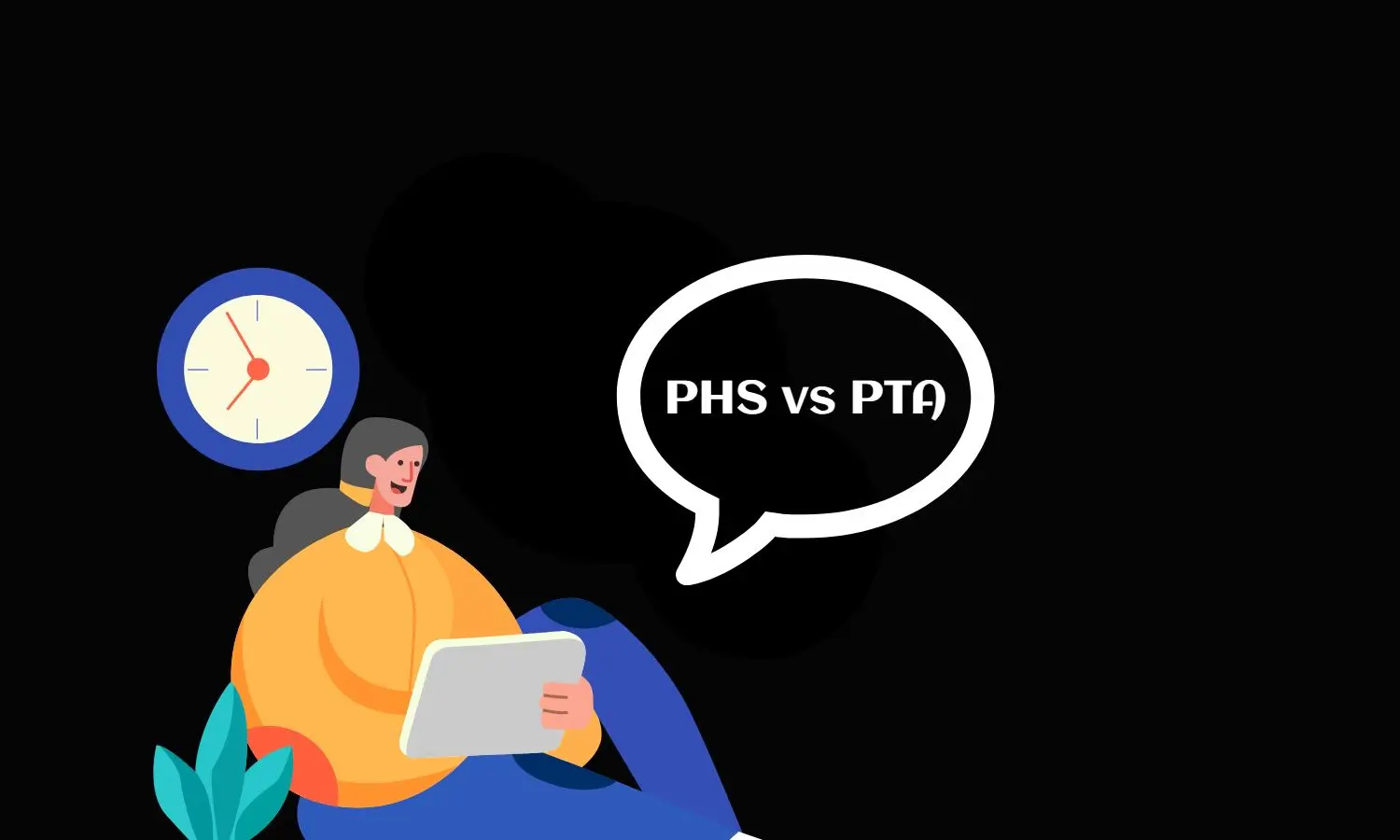
Password Hash Sync vs Pass-Through Authentication
Delving into Password Hash Sync vs Pass-Through Authentication, we compare these popular Microsoft hybrid identity solutions. This post aims to demystify how each method functions and their impact on cloud operations. Ideal for IT professionals and cloud enthusiasts, our comprehensive comparison offers insights crucial for optimizing your organization’s cloud security strategy.
Understanding Password Hash Synchronization (PHS) Authentication Method
Password Hash Synchronization is a straightforward yet effective way to manage user authentication in the cloud. It’s part of Microsoft Entra’s hybrid identity solution. PHS works by syncing a secure version of your users’ password from the on-premises Active Directory to the cloud. This process means that users can sign into cloud applications using the same credentials they use in their local network.
One of the key benefits of PHS is its simplicity. It requires minimal effort to set up and maintain, making it a great choice for organizations that want an easy-to-manage solution. When PHS is active, it regularly updates the password information, ensuring that changes in user passwords are quickly reflected in the cloud.
However, there are some considerations to keep in mind. PHS does not immediately enforce changes in on-premises account states, such as disabled or locked accounts. It means there could be a brief window where an account is disabled on-premises but still has access to cloud applications until the next synchronization.
Password Hash Synchronization offers a balance of ease and effectiveness for businesses looking to streamline their user authentication process for cloud services. It’s particularly well-suited for organizations that need a straightforward solution without the need for complex infrastructure.
Exploring Pass-Through Authentication (PTA)
Pass-through authentication (PTA) is another method Microsoft Entra ID offers for managing user access in a hybrid cloud environment. This approach involves validating user passwords directly against the on-premises Active Directory domain. It’s like having a security checkpoint that verifies each user’s credentials at your organization’s door before allowing cloud access.
The setup for PTA is a bit more involved than PHS. It requires installing lightweight agents on your servers. These agents communicate with the cloud service to authenticate users. A significant advantage of PTA is that it enforces Active Directory user account states, password policies, and sign-in hours in real time. This means if an account is disabled, expired or locked out on-premises, the user can’t access cloud services either.
However, this method does require more maintenance and infrastructure than PHS. It’s ideal for organizations that need immediate enforcement of on-premises user account states and are willing to manage the additional infrastructure.
In essence, Pass-Through Authentication provides more direct control over user access, aligning closely with on-premises security policies, making it suitable for organizations with specific security requirements and the capacity to manage a more complex setup.
Comparative Analysis – Password Hash Sync vs Pass-Through Authentication
Let’s dive into a comparative analysis of two prominent Entra ID (Formerly Azure Active Directory) authentication approaches: Password Hash Sync and Pass-Through Authentication. By examining their strengths, weaknesses, and implications for security, we aim to provide insights that will aid in making informed decisions about your environment’s most suitable authentication mechanism.
Here’s a detailed table comparing Password Hash Synchronization and Pass-Through Authentication:
| Comparison Aspect | Password Hash Synchronization | Pass-Through Authentication |
|---|---|---|
| Setup Complexity | Minimal; involves syncing password hashes to the cloud via Azure AD Connect. | More complex; and requires installing authentication agents on on-premises servers. |
| User Experience | Unified seamless SSO experience across services. | Similar unified experience, with real-time enforcement of on-premises policies. |
| Security | Secure but with delayed enforcement of on-premises changes. | Enhanced security due to real-time enforcement of on-premises policies. |
| Account State Enforcement | Delays in reflecting on-premises account state changes in the cloud. Supports disabled user account state. | Immediate enforcement of on-premises account state. Supports disabled accounts, lockouts, account expiry, password expiration and Sign-in hours |
| Ideal Scenarios | Suitable for organizations needing basic, straightforward cloud access. | Best for organizations with strict security requirements and capable IT infrastructure. |
| Business Continuity | High reliability due to cloud-based nature. | Potential risks tied to on-premises infrastructure health. |
| Advanced Features | Supports Smart password lockout & advanced features like Leaked credentials reports, with Microsoft Entra ID P2 | Supports Smart password lockout |
Choosing the Right Method for Your Organization
When deciding between Password Hash Synchronization and Pass-Through Authentication, several factors come into play:
- Organizational Security Needs:
- If immediate enforcement of on-premises policies is crucial, PTA is the better choice.
- For simpler environments where ease of management is a priority, PHS may suffice.
- Infrastructure Considerations:
- Organizations with existing robust on-premises infrastructure may lean towards PTA.
- Smaller organizations or those with limited IT resources might find PHS more manageable.
- Scenarios for Preference:
- PHS is preferred in scenarios requiring straightforward cloud access without complex security demands.
- PTA is ideal for organizations with stringent security requirements and the capacity to handle its maintenance.
Ultimately, the decision hinges on balancing security requirements, existing infrastructure, and the resources available for deployment and ongoing maintenance. Each organization must assess its unique needs to make the most appropriate choice.
Closing Thoughts on Password Hash Sync and Pass-Through Authentication Methods
In summary, Password Hash Synchronization and Pass-Through Authentication are both valuable for cloud-based authentication but serve different needs. PHS offers simplicity and ease of use, making it ideal for organizations looking for a straightforward solution. In contrast, PTA provides enhanced security by enforcing on-premises policies in real-time, suited for organizations with complex security requirements.
When choosing between PHS and PTA, consider your organization’s specific needs, existing infrastructure, and security requirements. We encourage further research and consultation with IT professionals to ensure that your decision aligns with your organization’s long-term goals and security posture. Before you leave check out our Azure how-to articles for valuable insights and expertise in cloud computing solutions.
